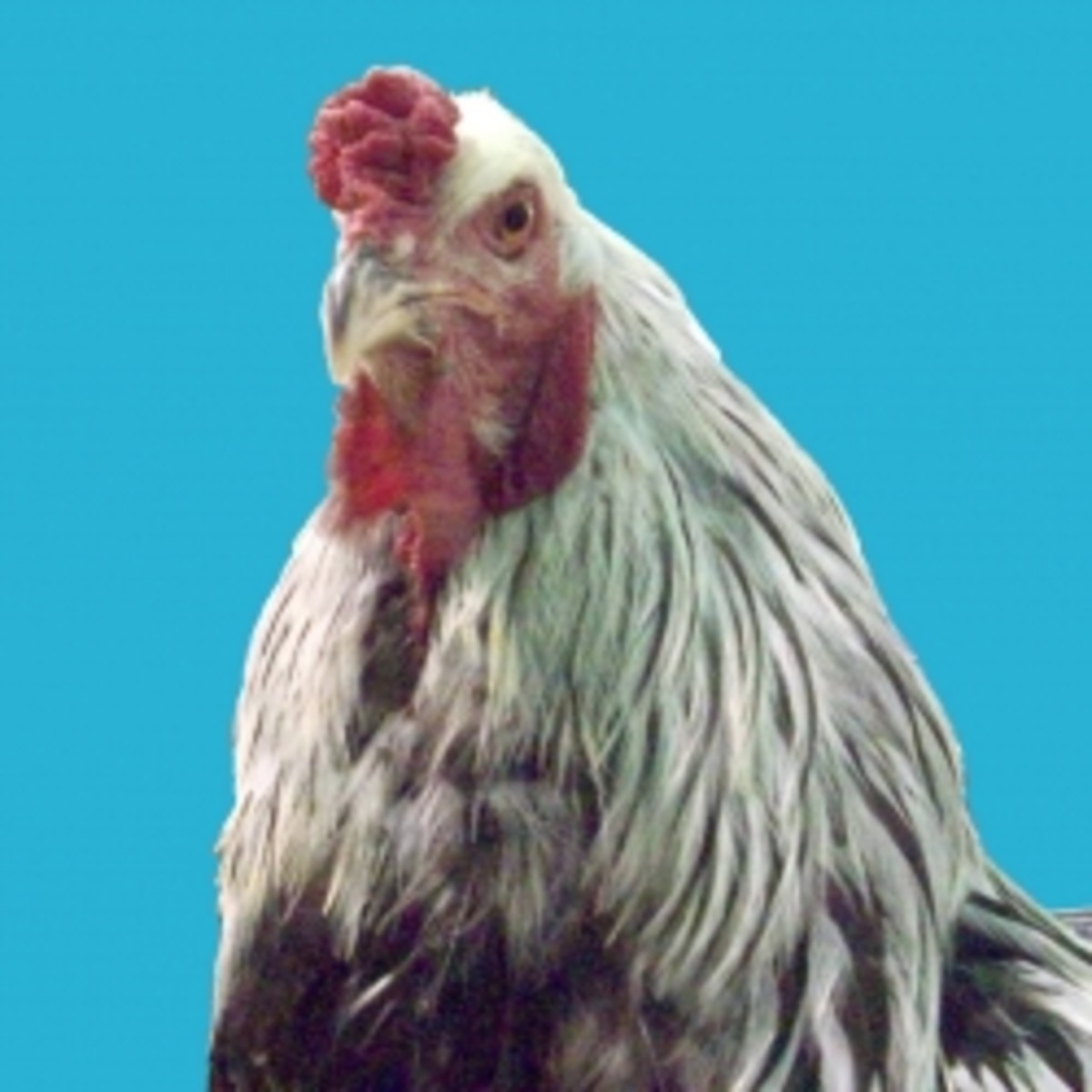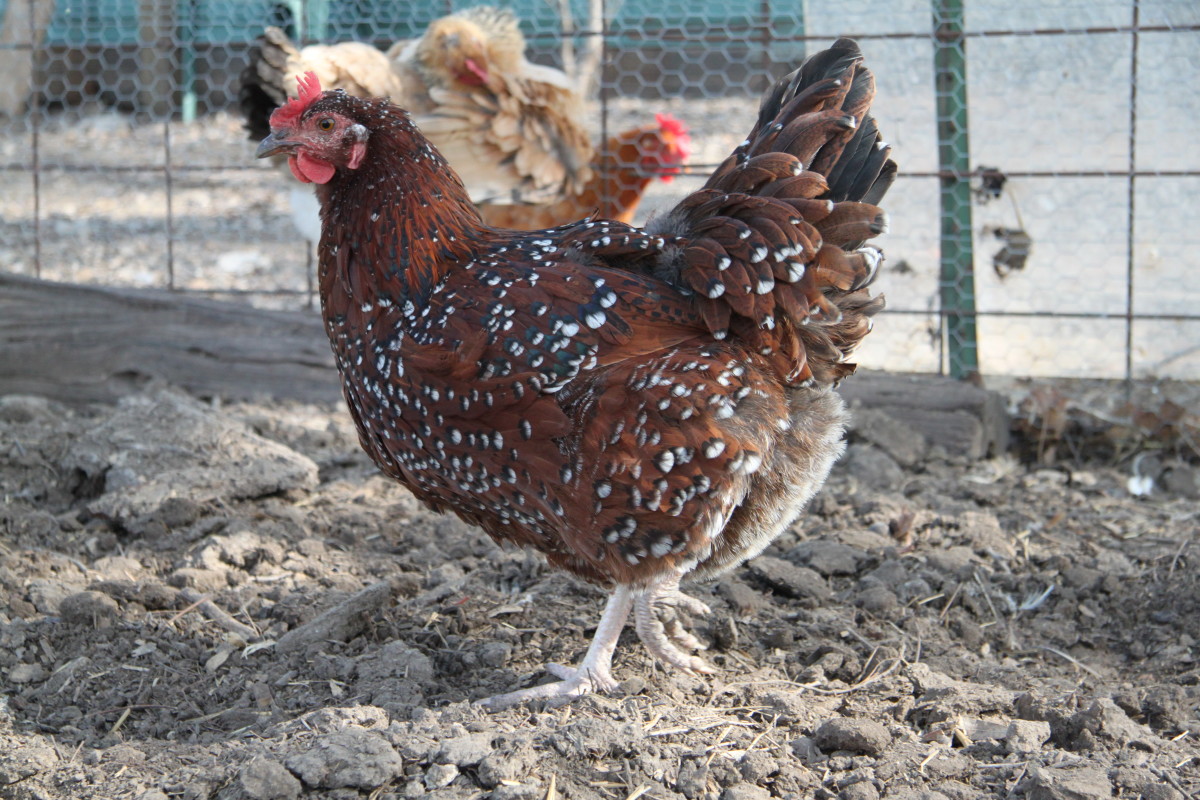The World's Debt To The Hen And The Chicken
For much of recorded history, and untold centuries, the lowly chicken hen, has been a companion of man in the forward march of civilization. If we truly understood the language that chickens speak (and they do have a language of their own), what stories could they tell?
No doubt they'd have a lot to say, especially to chefs and cooks the world round, who owe them a debt seldom appreciated or maybe contemplated. There would be an awful lot of palatable squawking about cooking and baking success, without the egg or the chicken. Additionally, for many generations the hen's eggs were a valuable source of cash for most farm families. I'm thinking they deserve a lot more credit for feeding the world, and more respect than we currently give them.
It's believed that while chickens and their eggs were probably consumed since the time man's arrival on earth and hunted them, that they have been domesticated for well over 10,000 years. We know that they were man's companion and walking food source in Vietnam back then. Somewhat later, they were introduced to Europe by way of Greece, thanks to India. Certainly, they were known early in Egypt and throughout Asia long before that.
Because chickens are relatively easy and inexpensive to raise, they (and their eggs) have become one of the most consumed proteins and meats in the world. What's interesting to a lot of us who are a little older, is that chickens aren't what they once were.
Up until the 1960s, chickens were often raised on family farms or even backyards, primarily for a source of fresh eggs. Eating chicken for dinner was more of a once a week Sunday thing, as they weren't consumed as a meat almost on a daily basis, like they are today.
Improvements, if you can call them that, in incubation of eggs and chicks allowed for mass marketing of poultry, as a meat -- and allowed for eggs to be sold inexpensively in the grocery market. In some ways that's a good thing, in other ways, that's not so good.
Having free ranged chickens for many years, this is why I say, chickens (and eggs) aren't what they once were if you are buying them from the grocery store. There is a huge difference in taste in both, as well as being healthy to eat.
With what it takes to raise chickens and eggs in a closed environment, the chickens we all so eagerly consume, might be not such a healthy choice. The chemicals that they must be fed to remain disease free, are also the chemicals we are consuming.
Something to think about, still -- the world owes the hen who has always been there for us.
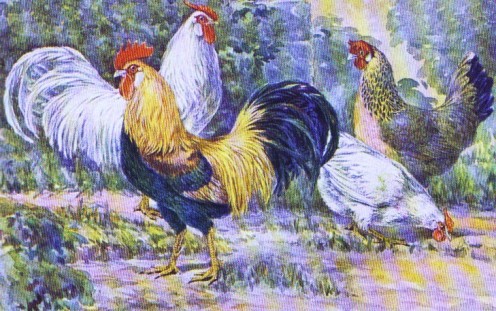
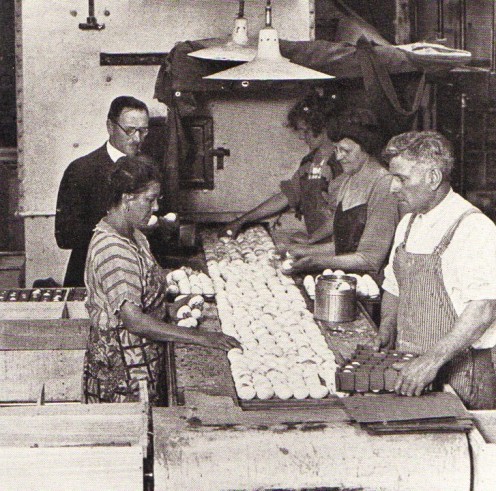
Chickaluma
The joke in the 1930s was that you were from Chickaluma, if anyone found out that you were from the Nation's Egg Basket. Back then, Petaluma had reinvented itself from it's gold rush days of 1849. It even had a poultry drugstore and was known as the place where Lyman C, Byce invented the modern day egg incubator in 1879.
Mr. Byce wasn't just someone who invented certain egg incubators, he also invented a potato digger, a mold board for plows, a sewing machine, a conveyor for sawdust mills, a surgeons spring lancet, and a host of other useful items. It's funny how history forgets that men like Lyman Byce were just as important to the American story as men like Thomas Edison.
Today, Petaluma is still tied to it's agricultural roots, but not to its heyday of egg production.
We Used to Have An Egg Basket
Once upon a time, just a mere eighty-two years ago, America used to have a giant White Leghorn egg basket in Petaluma, California. The area was world famous, because of the intensive conditions under which they were kept. Hundreds of thousands of hens were laying eggs in one small valley. The entire community was depending on this one industry of commercial egg farming for a livelihood.
Petaluma became known as the "Nation's Egg Basket" because of the sheer numbers of pure white eggs harvested there, and shipped all over the U.S. At one point, they were shipping over fourteen hundred rail cars of eggs to the East coast markets. That was one egg of every fifty sold in the U.S. coming all the way from California.
This is a time when commercial eggs depended upon an abundance of sunshine and lots of green food all year round for the laying hens. This is when, egg receiving plants had to hand grade for size, color and condition of the shell. This was a time in which sand-blast machines cleaned the eggs that were soiled. One Petaluma egg packaging plant was reported to have been candled as many a million eggs a day.
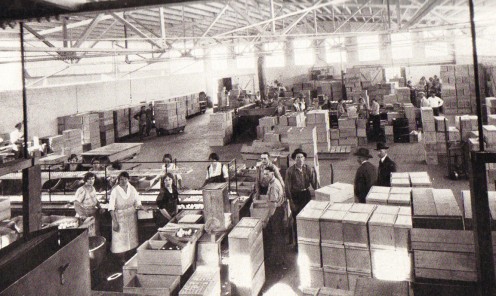
The Fine Art of Egg Candling
Candling eggs is not really difficult, nor is there any big mystery to it or special art. It's just simply checking your eggs for edible condition. Basically, you find a dark place and hold the egg in a slanted position, in front of a light to take a peek inside. You want to hold the egg by the smaller end and turn it quickly from side-to-side -- checking for free movement of the air space around the white and yolk's outside. You need to see that the air space is there and moves quite well. You don't want an egg with a thin air space.
You are looking for bloodied whites, blood spots, or meat spots that would make the egg non-desirable. Egg candling is totally unnecessary, if you know that the egg has been freshly laid.
Note: Undesirable eggs are best used as cooked egg supplements for your dog's meals, if you have one.
Olive Riley Explains Egg Candling
Great Ancient Egyptian Incubators

Beyond The Hen's Incubator
Up until the 1940s, the American hen ruled supreme in the capacity of being a natural incubator and brooder. She faithfully sat out the necessary twenty-one dreary days on her nest. All of that changed when man decided to increase production of chicks and coveted eggs for bigger flocks by use of incubators.
Incubators that allowed mass production of eggs and raising poultry for market, are something that we tend to think of as a "modern" invention, which is a falsehood. Reality is, that incubators for raising fowl have been around since the time of Moses. Ancient Egyptian incubators, like the one depicted above, were unique in that the farmer and his family lived in the incubator. This was in a time when no thermometer was available, and all the farm operator had to guide him was the "feel" of the air around him, and his skill at fueling the fires if need be.
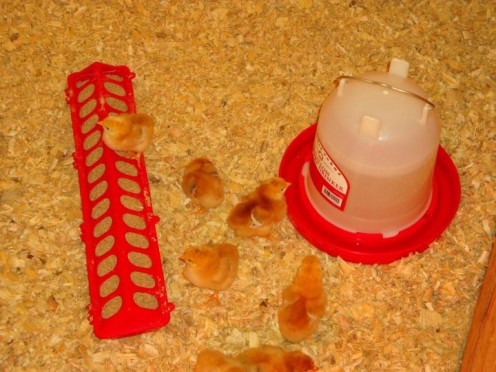
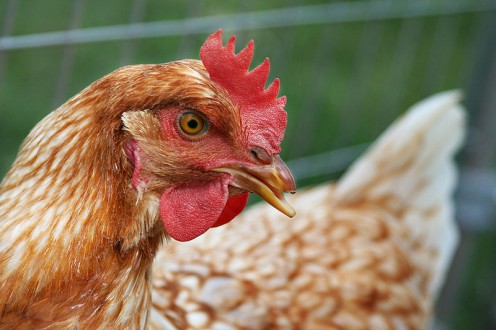
Do You Know?
The average hen will lay two hundred and twenty-seven eggs a year.
Once known as the Italiana chicken, the White Leghorn chicken is one of the earliest and most important chickens in American history of poultry.
They were and still are a popular breed of chicken, all over the world.
All About Leghorns
Fun Hen and Egg Facts!
- Every part of the chicken egg is edible, even the shell.
- While most of us eat infertile eggs, there is absolutely nothing wrong with eating a fertile egg and it's a delicacy in many countries around the world to do so.
- A hard boiled egg will spin freely, while a raw egg will only revolve about three rotations.
- If you hard boil an egg and see a greenish ring around the yolk -- this just means that you over boiled it.
- The most common food allergy in young children is the egg. They will outgrow this allergy most of the time, if not repeatedly exposed to eggs.
- For generations, farm kids have amused themselves by hypnotizing chickens by holding it down and drawing a line in the dirt with a stick, over and over. They chicken won't move as long as you do this, once you release it.
- It's illegal to eat a chicken with a fork in Gainesville, Georgia.
- Old-timers used to clean their chimneys each fall by dropping chickens down them.

